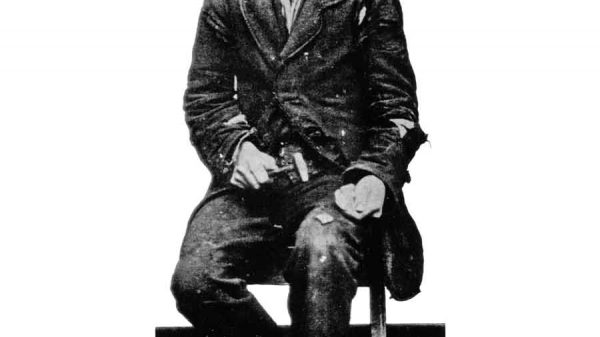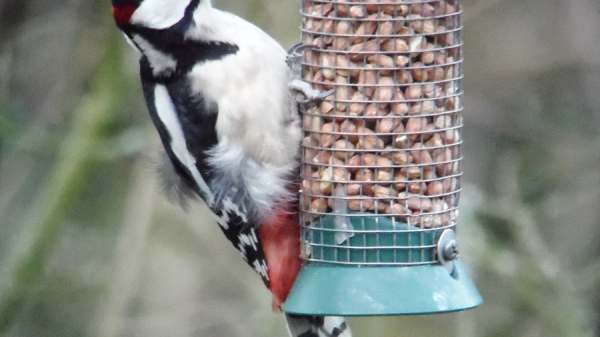As the days shorten and the nights draw in, the cooler more unpredictable season of autumn appears with a mixture of wind, rain and occasional sunny spells, a clear contrast to the exuberance of summer, and what a summer it has been. In the main gardens have benefited from the long sunny days with bumper crops of fruit, especially apples and pears certainly in my village. Two cultivars of apples that have done particularly well here are the desert apple ‘Discovery’ and the culinary or cooking apple ‘Arthur Turner’. Many of our hedgerow fruit trees, the hawthorn (Crataegus) and mountain ash (Sorbus) are also heavy with fruit, is this a sign that we are in for a harsh winter, who knows?
The start of autumn heralds a change in our trees and shrubs, in many cases their leaves turning from a rather tired green to bright golden yellow, orange and scarlet tints, the garden presents a grand finale before its winter rest. It’s approaching the ideal time for planting new trees and shrubs and whilst it is possible to plant containerised shrubs all year round, bare root plants are best planted in autumn, towards the end of the month, when there is still a little warmth in the soil and time before the very cold weather to put out roots. Shrubs that grow vigorously like Buddleja can be cut back by half as often their brittle stems are damaged by wind, delaying final pruning until spring. Trees that are staked should be inspected and tree ties adjusted or if damaged replaced. Any hedges that are vigorous such as privet will need a second cut, it is best to do this now in order for the cut stems to heal before the really cold weather comes.
It is also an ideal time of year to replant or create a new strawberry bed. Soil preparation is essential incorporating a good quantity, (a barrow load per square metre (yard) applying a good general fertiliser at planting time too. With existing beds it is good practice to replace plants every three to four years, with either new plants or those raised from runners earlier in the year. If you have a large strawberry bed it makes sense to replace a row each year removing the oldest plants and weeds before preparing the land as for a new bed before replanting. Most nurseries and garden centres who stock fruit will have strawberries available at this time of year. With a bumper year for apples and pears it makes sense to store some for winter use, although check your cultivar as some do not store too well. Any that are damaged or have fallen and bruised should be eaten as quickly as possible, only ripe sound fruit should be selected for storage. Wooden or cardboard boxes are best, if you are lucky you may be able to source a cardboard box from the greengrocer or supermarket that has been used to transport fruit. The box or crate should allow plenty of air to circulate around the fruit, cardboard boxes may need more holes. Place them in the trays or boxes trying to avoid them touching each other, and inspect them regularly at least every two or three days. Keep them in a cool dry place away from frost and with luck you should be able to keep them for six to eight weeks, maybe longer.
One of my favourite summer flowers for cutting in summer is the Sweet Pea, it’s also one of my grandma’s favourites and wherever I have gardened I have always grown a few. Their scent is quite exquisite, and will fill a room with a sweet delicate scent. I try to make two sowings, one this month and one in February, this will provide flowers as early as June, and extends the crop until the first frosts. At this time of year seed will need to be sown under glass. either a cold greenhouse or frame. I use a loam based compost (John Innes no. 1) I find it doesn’t dry out as quickly as other types. The only problem with autumn sown seed is the risk of mice eating them, so I make a wire mesh cover to keep them out. The seed should grow steadily and by February will have two or three pairs of leaves. Pinch the growing tip out in February to encourage side growths as this will give larger stronger flowering stems. Plants can be moved to their final flowering position in late March.
Happy gardening
Martin
Next Month, Dig or no dig? Storing Dahlias, keeping a stock of herbs through the winter.







